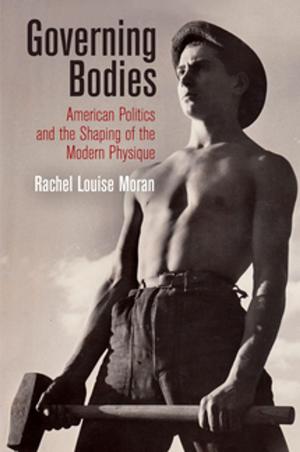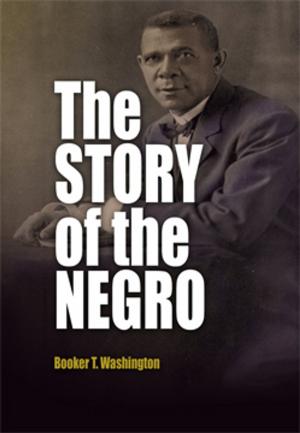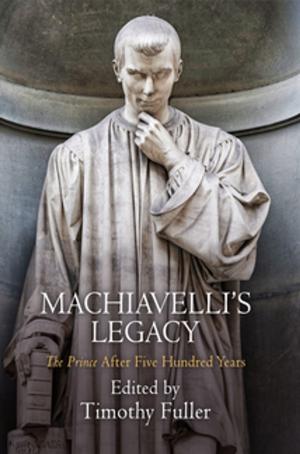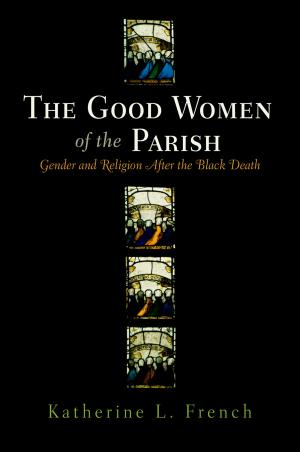A Skeptic's Guide to Writers' Houses
Nonfiction, Travel, Museums, Tours, & Points of Interest, Biography & Memoir, Artists, Architects & Photographers| Author: | Anne Trubek | ISBN: | 9780812205817 |
| Publisher: | University of Pennsylvania Press, Inc. | Publication: | July 11, 2011 |
| Imprint: | University of Pennsylvania Press | Language: | English |
| Author: | Anne Trubek |
| ISBN: | 9780812205817 |
| Publisher: | University of Pennsylvania Press, Inc. |
| Publication: | July 11, 2011 |
| Imprint: | University of Pennsylvania Press |
| Language: | English |
There are many ways to show our devotion to an author besides reading his or her works. Graves make for popular pilgrimage sites, but far more popular are writers' house museums. What is it we hope to accomplish by trekking to the home of a dead author? We may go in search of the point of inspiration, eager to stand on the very spot where our favorite literary characters first came to life—and find ourselves instead in the house where the author himself was conceived, or where she drew her last breath. Perhaps it is a place through which our writer passed only briefly, or maybe it really was a longtime home—now thoroughly remade as a decorator's show-house.
In A Skeptic's Guide to Writers' Houses Anne Trubek takes a vexed, often funny, and always thoughtful tour of a goodly number of house museums across the nation. In Key West she visits the shamelessly ersatz shrine to a hard-living Ernest Hemingway, while meditating on his lost Cuban farm and the sterile Idaho house in which he committed suicide. In Hannibal, Missouri, she walks the fuzzy line between fact and fiction, as she visits the home of the young Samuel Clemens—and the purported haunts of Tom Sawyer, Becky Thatcher, and Injun' Joe. She hits literary pay-dirt in Concord, Massachusetts, the nineteenth-century mecca that gave home to Hawthorne, Emerson, and Thoreau—and yet could not accommodate a surprisingly complex Louisa May Alcott. She takes us along the trail of residences that Edgar Allan Poe left behind in the wake of his many failures and to the burned-out shell of a California house with which Jack London staked his claim on posterity. In Dayton, Ohio, a charismatic guide brings Paul Laurence Dunbar to compelling life for those few visitors willing to listen; in Cleveland, Trubek finds a moving remembrance of Charles Chesnutt in a house that no longer stands.
Why is it that we visit writers' houses? Although admittedly skeptical about the stories these buildings tell us about their former inhabitants, Anne Trubek carries us along as she falls at least a little bit in love with each stop on her itinerary and finds in each some truth about literature, history, and contemporary America.
There are many ways to show our devotion to an author besides reading his or her works. Graves make for popular pilgrimage sites, but far more popular are writers' house museums. What is it we hope to accomplish by trekking to the home of a dead author? We may go in search of the point of inspiration, eager to stand on the very spot where our favorite literary characters first came to life—and find ourselves instead in the house where the author himself was conceived, or where she drew her last breath. Perhaps it is a place through which our writer passed only briefly, or maybe it really was a longtime home—now thoroughly remade as a decorator's show-house.
In A Skeptic's Guide to Writers' Houses Anne Trubek takes a vexed, often funny, and always thoughtful tour of a goodly number of house museums across the nation. In Key West she visits the shamelessly ersatz shrine to a hard-living Ernest Hemingway, while meditating on his lost Cuban farm and the sterile Idaho house in which he committed suicide. In Hannibal, Missouri, she walks the fuzzy line between fact and fiction, as she visits the home of the young Samuel Clemens—and the purported haunts of Tom Sawyer, Becky Thatcher, and Injun' Joe. She hits literary pay-dirt in Concord, Massachusetts, the nineteenth-century mecca that gave home to Hawthorne, Emerson, and Thoreau—and yet could not accommodate a surprisingly complex Louisa May Alcott. She takes us along the trail of residences that Edgar Allan Poe left behind in the wake of his many failures and to the burned-out shell of a California house with which Jack London staked his claim on posterity. In Dayton, Ohio, a charismatic guide brings Paul Laurence Dunbar to compelling life for those few visitors willing to listen; in Cleveland, Trubek finds a moving remembrance of Charles Chesnutt in a house that no longer stands.
Why is it that we visit writers' houses? Although admittedly skeptical about the stories these buildings tell us about their former inhabitants, Anne Trubek carries us along as she falls at least a little bit in love with each stop on her itinerary and finds in each some truth about literature, history, and contemporary America.















